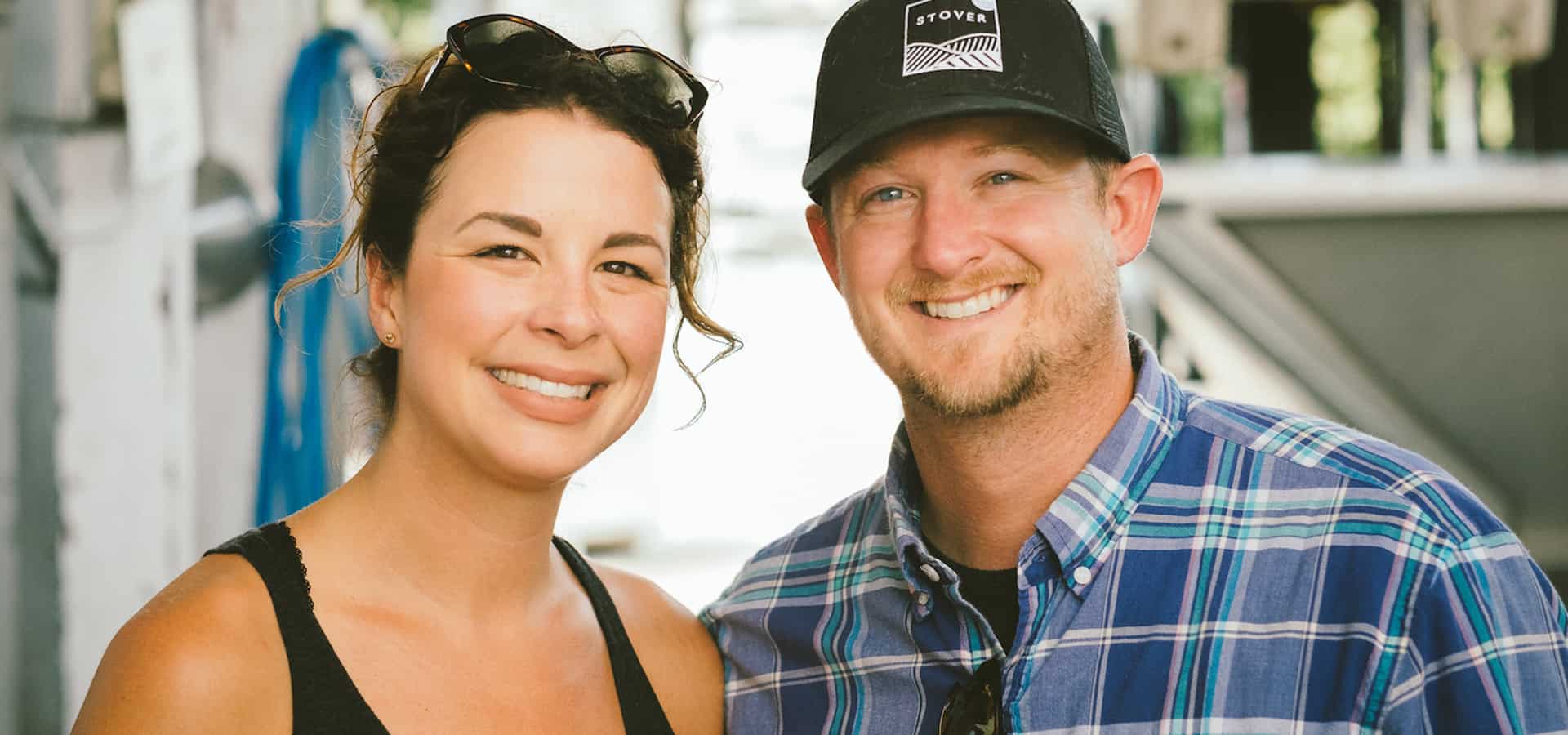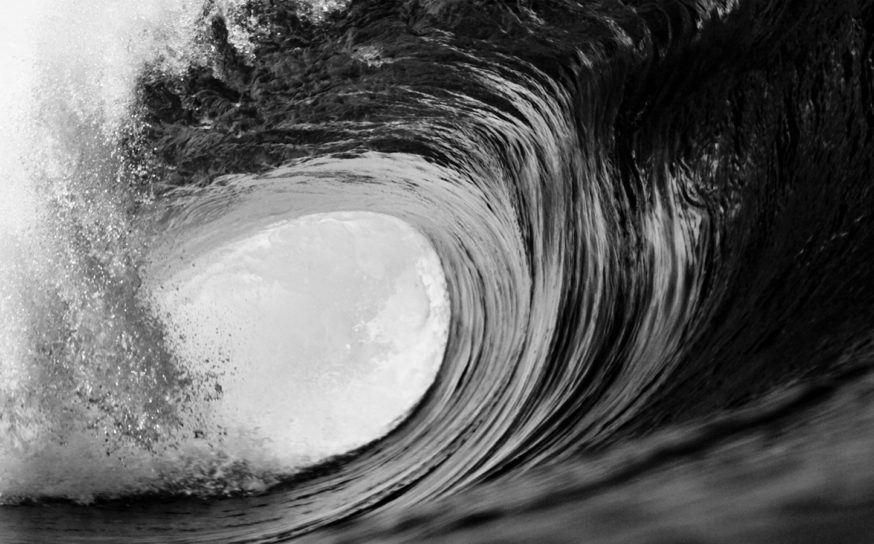These Bold CA Winemakers Go Where Few Have Gone Before
Call it a revolution in a can.
-
CategoryFarm + Table, Makers + Entrepreneurs, Small Businesses, Wine + Beer
-
Written byBonnie Graves
Tradition is paramount in the wine industry, until it isn’t. Take the traditional 750 mL glass bottle that is most commonly used to package wine. Did you know that 750 mL was the approximate lung capacity of the average glass blower, dating back to when bottles were still handblown?
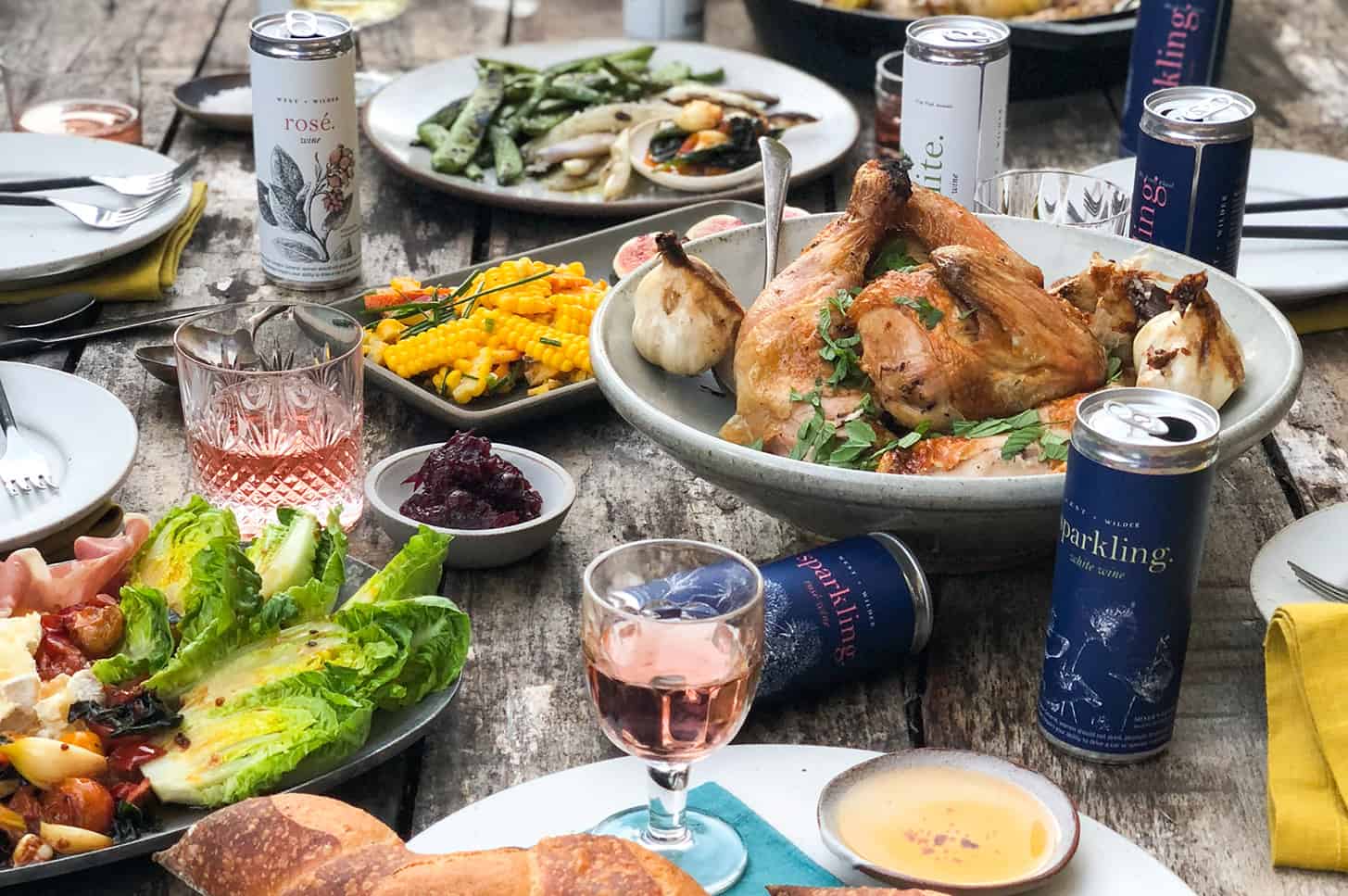
Glass isn’t actually ideal; it’s heavy to transport, is prone to breakage and it allows light and heat to denature wine more quickly. Take, too, the traditional cork closure. While cork is a renewable resource, it is always somewhat susceptible both to TCA taint (“corked” aromas) and to oxidation due to its inherent permeability. Countries like New Zealand have led the way in switching to screw-top closures, including for better quality wines, and have helped to dispel the false conflation of screw-top with plonk.
Get ready for the next revolution: wine in a can. Perhaps inspired by the craft beer movement’s willingness to use aluminum cans, the wine industry is following suit with a deluge of canned wines hitting the market. According to a 2018 Nielsen Report, the growth of canned wines has quickly eclipsed any other form of wine packaging. While glass bottles still command 73% of market share, canned wines and to a lesser extent, Tetra Pak wines, are showing extraordinary growth. Though canned wines account for only .2% of total volume, this category is up an extraordinary 59.5% in just one year’s time. Cans are clearly cool.

Some wine colleagues and I set out to investigate this trend by tasting canned wines from some of the newer and more aspirational producers. While mass-market players like Coppola or Underwood have already established a presence in the canned sector, we wanted to understand why so many “authentic” winemakers are experimenting with cans as either their primary packaging format or as an addition to their existing glass packaging. The opportunity has enticed some seriously pedigreed winemakers to wade in, and with exciting results on the whole.

Free Public
Leading the pack in his Mercedes Sprinter van is evangelist Ron Penner-Ash, who is driving the West Coast to preach the gospel of his new Free Public wine project. Fans of high-end, elegant and pricey Oregon pinot noir will recognize his name, as he and wife Lynn launched their eponymous winery in 1998 to great acclaim. With Free Public, Ron is on a different path altogether. Along with partner Matt Lounsbury, a 15-veteran of coffee juggernaut Stumptown, and the design duo Michael and Wendy Etter, Penner-Ash’s goal is to “bring good wine to places it has never gone before.” Free Public was formed as a SPC, or “social purpose corporation” and it skews heavily toward land conservationism and sustainability. Many winemakers choosing cans point out that their ecological impact is offset by aluminum’s easy recyclability. Canned wine cases are also much lighter than wine cases packed with glass bottles, so the carbon footprint of shipping is reduced as well.
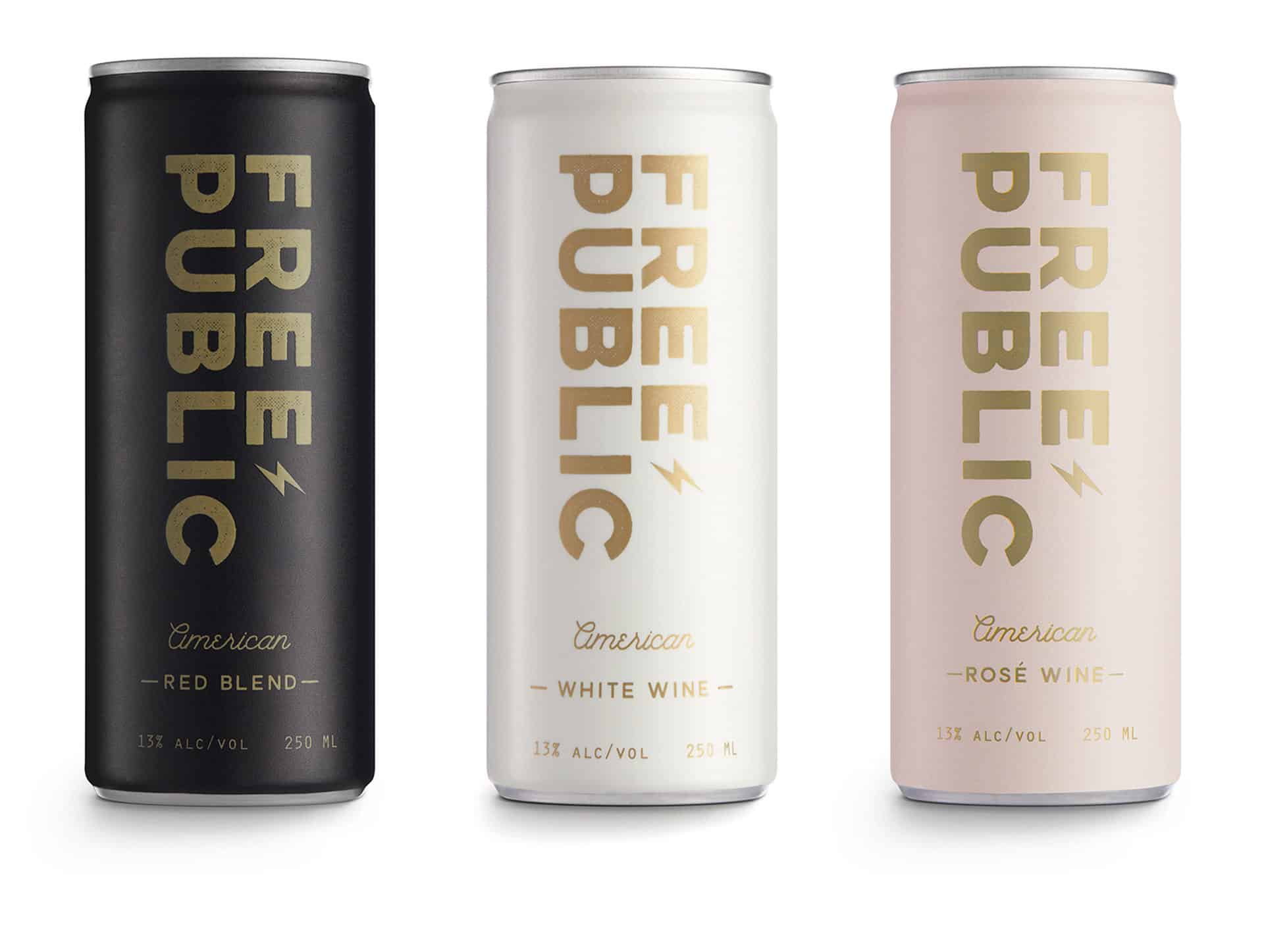
Two facets of Free Public’s canned wines are worth highlighting. The first is that its three offerings—a white, a rosé and a red—are all intentionally designated with an “American” AVA. And while this broadest of appellation designations means the grapes inside could hail from Tallahassee to Temecula, in practice it simply means that grapes can be sourced from across state lines. Penner-Ash is a master blender, and he believes strongly that sourcing from vineyards up and down the West Coast allows him maximum quality control and consistency in each canned lot. (These wines are also multi-vintage blends, i.e., there is no harvest date on the cans.) A second and critical aspect of Free Public’s launch is can size. These wines are sold in 250 mL cans, packed in a cute box of three cans each. Essentially, you’re still buying a single, traditional 750 mL bottle of wine, but you’re buying it sub-divided into three portions.

West & Wilder
Another contender in this space is the newly-launched West & Wilder project, helmed by Kenny Rochford and marketing guru Matthew Allan. Rochford also comes from pedigreed pinot noir; he’s the wizard that helped build Kosta-Browne and Cirq wineries into industry legends. With West & Wilder, we again see the intersection of convenience and consciousness: also packaged in 250 mL three-can boxes, each purchase supports the “1% for the Planet” initiative with a special emphasis on National Parks. When asked who his dream demographic drinker might be, Rochford replied “female wine buyers in their 30s and 40s who appreciate quality and beauty but who also look for convenience and commonsense values.”
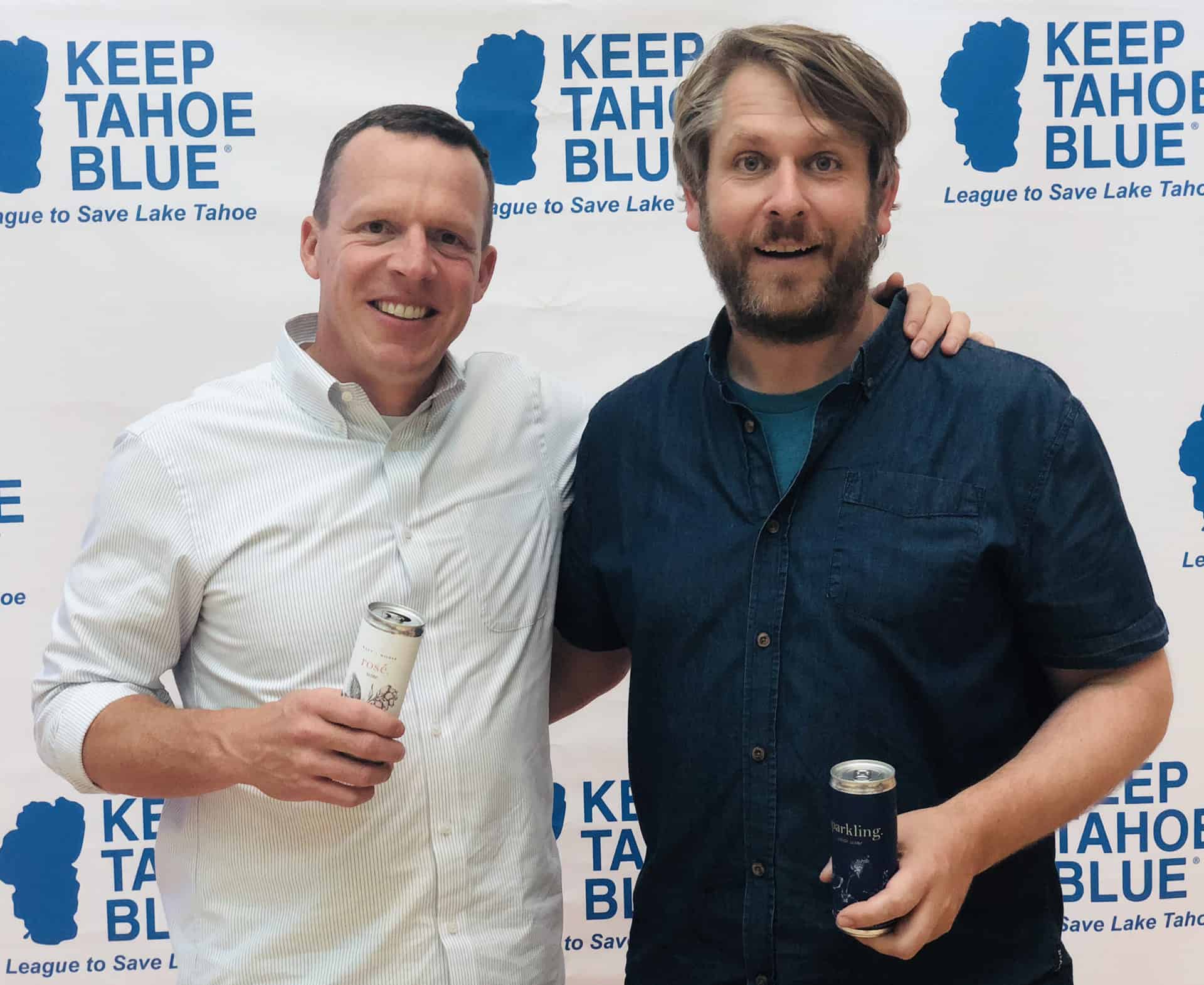
I realized that I am actually the target demographic for West & Wilder. I am a busy mom who doesn’t drink beer, and who’d actually appreciate a nice cold glass, I mean, can of rosé (with such gorgeous botanical labels!) the next time I am trapped at a pool party or tail-gate with no corkscrew or decent wine to be found. Also, I am a passionate advocate of preserving National Parks. West & Wilder, you had me at the Rachel Carson quote on your website!
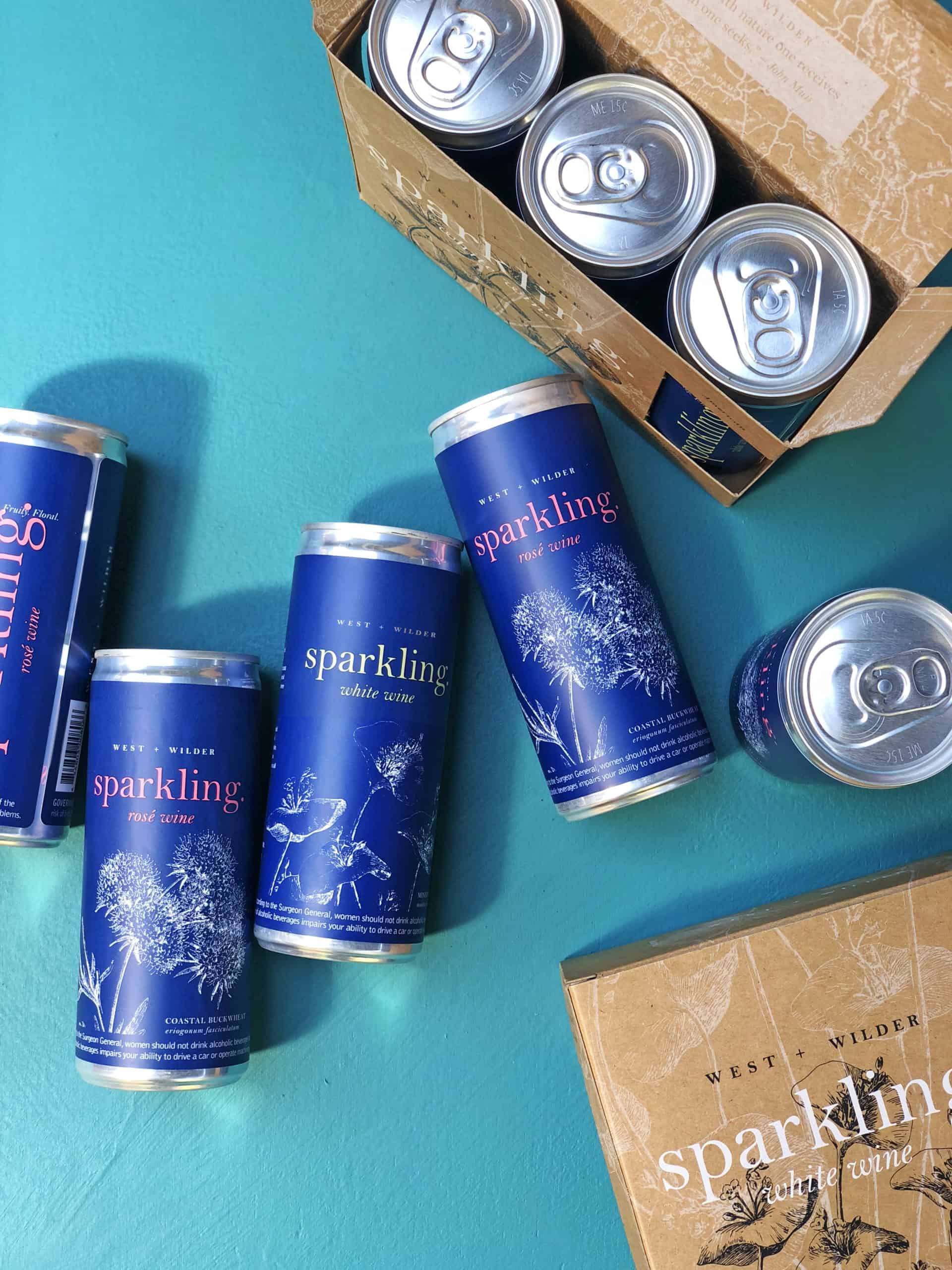
Free Public and West & Wilder each decided to can in 250 mL three-packs, what Rochford calls the “Goldilocks size—it doesn’t warm too quickly, feels substantial without being dangerously large and is close to the kind of pour you’d give a friend sitting at your table—a large glass or ‘home pour.’” Each of these brands is also broadly generic, buying grapes from up and down the West Coast with an emphasis on blend and consistency.
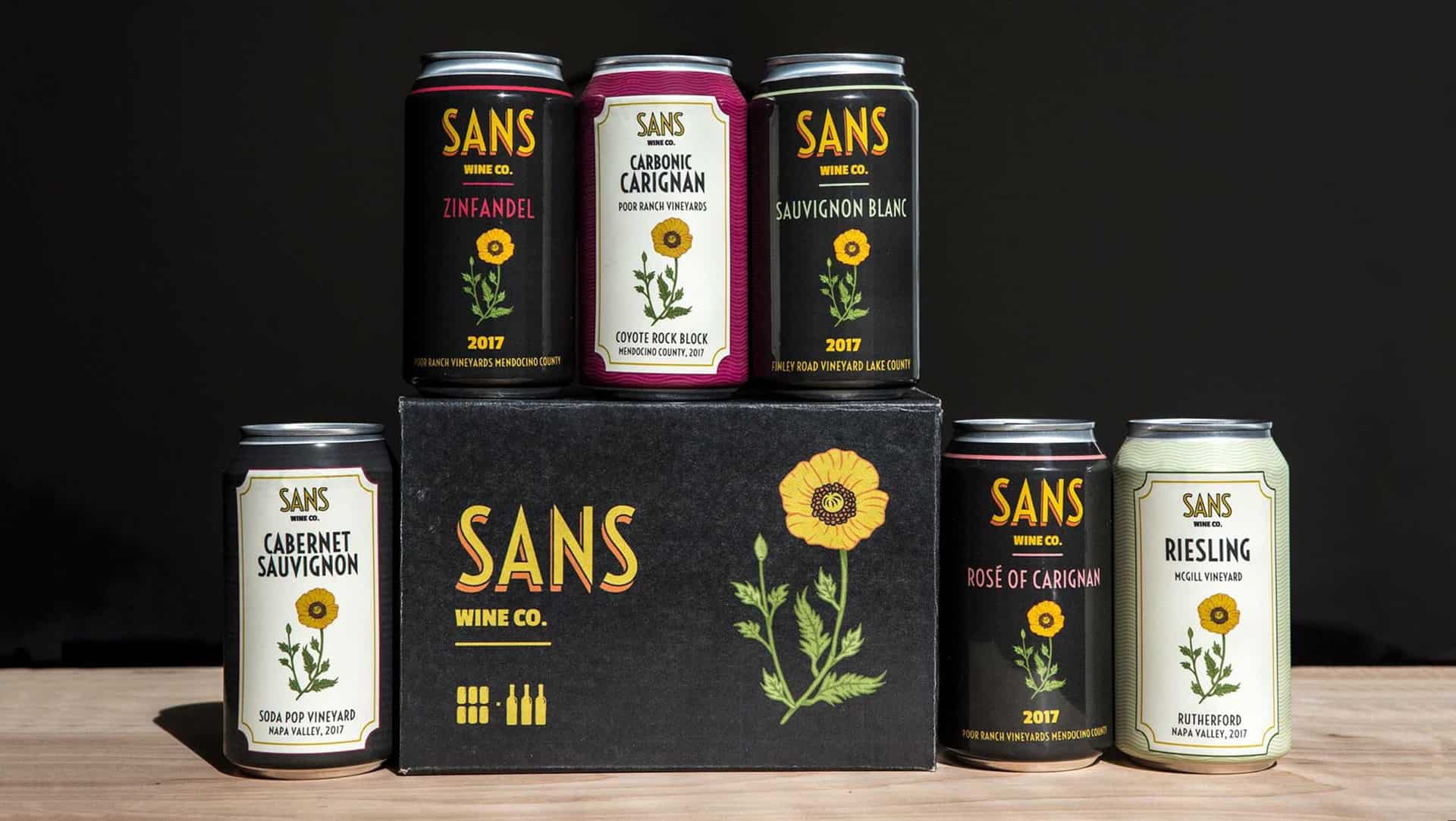
Sans Wine Company
Winemaker Gina Schober, however, is taking an entirely different approach with her Sans Wine Company. “Sans” here is meant to rhyme with cans, and the brand pun on “without” is intentional. As Gina and partner Jake Stover put it, “the philosophy behind Sans Wine Co. is sourcing premium wine grapes from organically farmed vineyards and environmentally conscious growers in order to craft natural wines.” These are all serious, vintage-dated wines with terroir, and they are made without chemical additives in the vineyard.
Schober’s decision to can in a 375 mL size (half a traditional glass bottle) was based on shareability. She points out that “sometimes you want to share, and one can allows for that; often we find ourselves wasting a bottle of wine, because we just want one glass of wine each at night, or we each want a glass of white wine and a glass of red wine, and 375 mL gives us those options!” The danger is, of course, in NOT sharing. Several of my colleagues remarked that the 375 mL canned size felt a lot like a beer or a soda, and it’s all too easy to chug down more alcohol than you realize in this format.
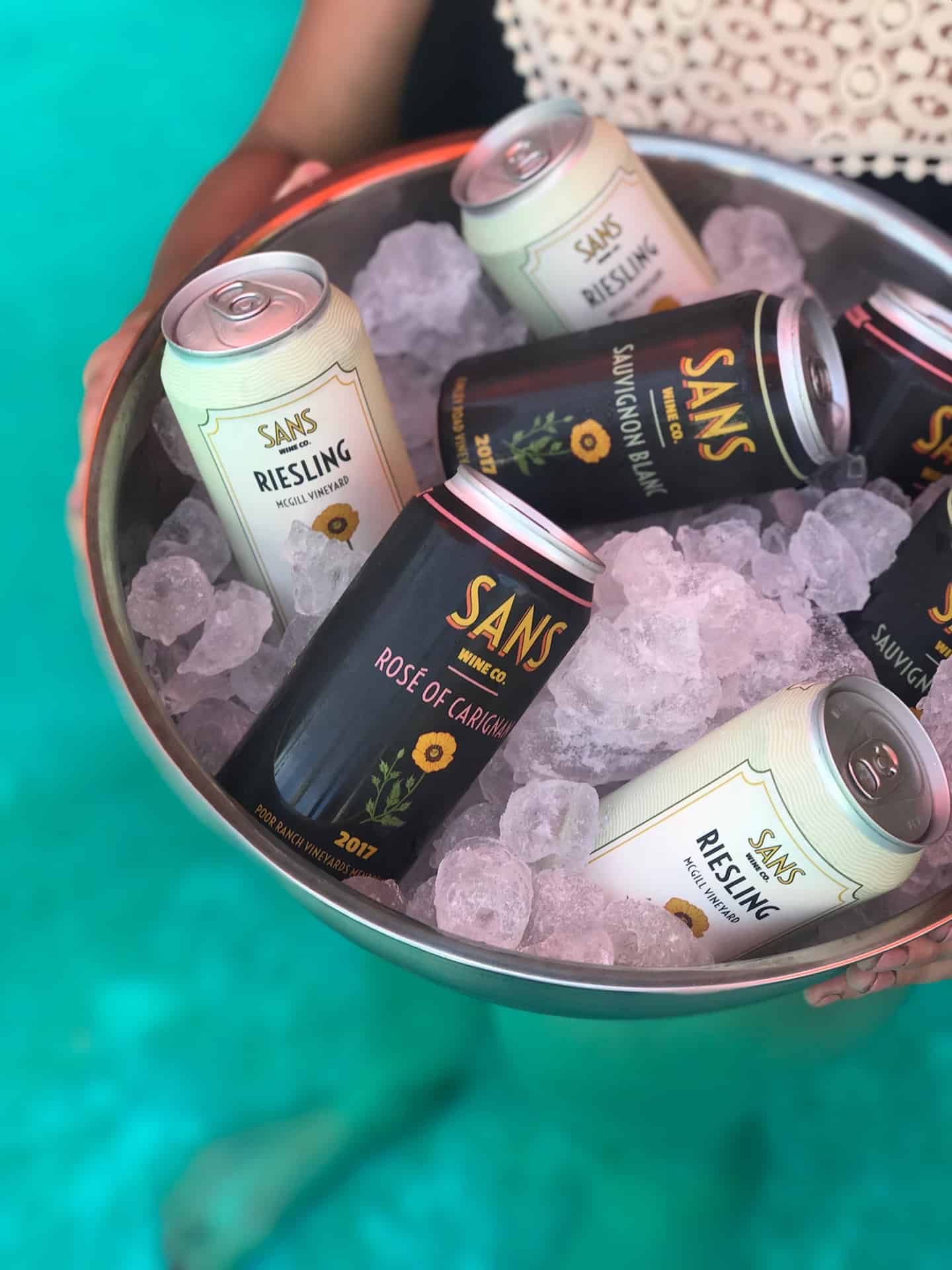
Sans Wines are exceptionally delicious. These are authentic wines of place, with grapes sourced from organically farmed vineyards. From a Lake County sauvignon blanc to some Mendocino rosé of carignan and a zinfandel to the very first Napa Valley cabernet sauvignon out of a can, Schober and Stover are striving to put “real” wines in a can and are gambling that consumers will appreciate the distinction. These cans cost more than their mass-market cousins, of course, but for the wine enthusiast who wants something delicious with her picnic on that hike in Yosemite, these wines are custom-made for you and yours. And no one wants to pack out glass anyway. Sans wines would also be a dream come true at venues like the Hollywood Bowl, where no one wants to drink crappy wine out of those dreaded single-use plastic cups, and no one wants to miss the concert to get up and buy a second crappy single-use plastic cup either. Concert venues are also a smart placement for canned wines, or any other locations like beaches or pools that prohibit glass.
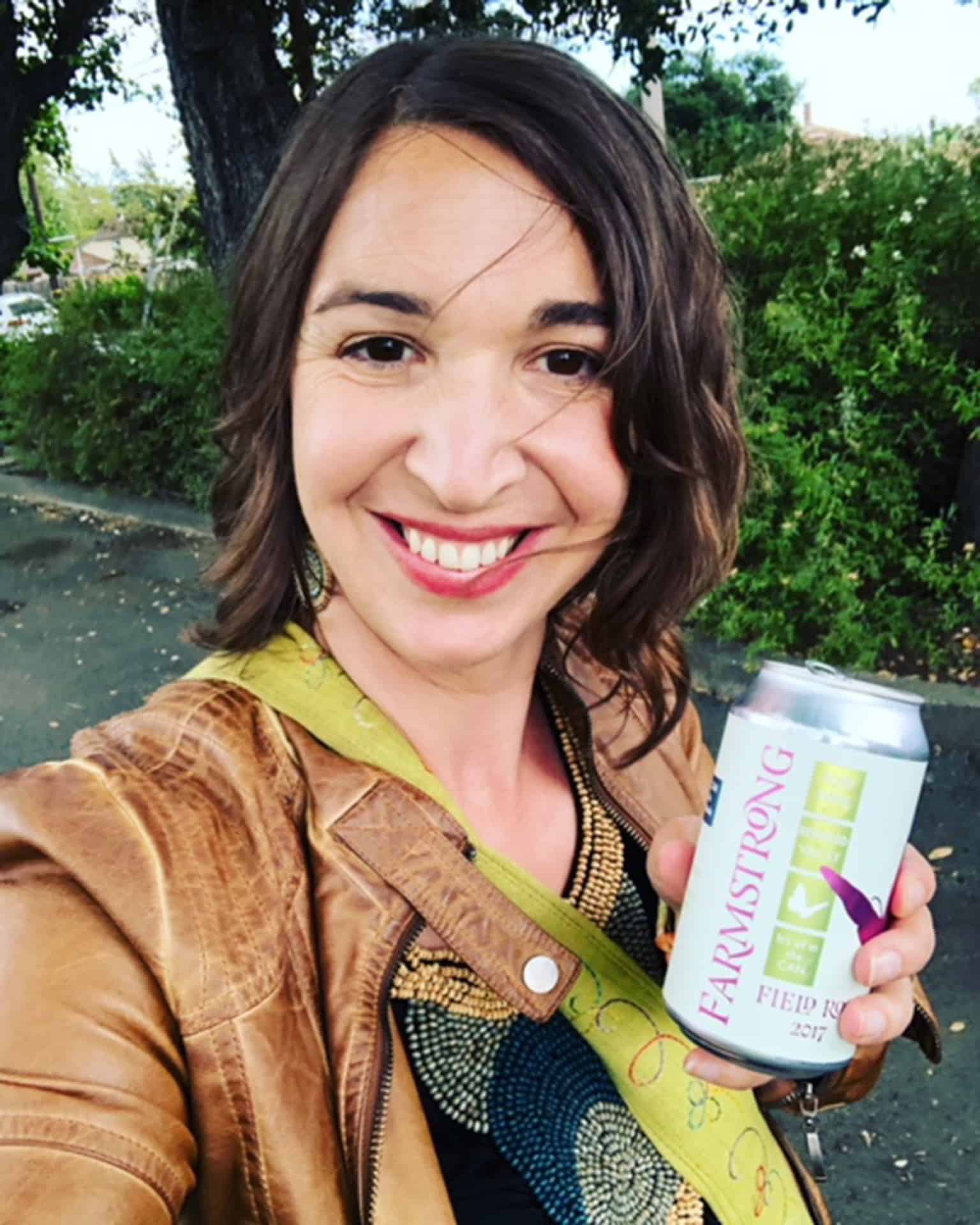
Farmstrong and Onward
Still more boutique-y yet worth ferreting out are the extraordinary wines made by Faith Armstrong Foster, under her Farmstrong and Onward labels. Foster’s canned wine production is just under 1000 9L cases, which makes her a David among Goliaths in the industry. (She also bottles these wines in glass.) One of the most unique canned wines we tasted was the Onward “Pét-Nat,” or naturally sparkling wine made from malvasia bianca.
Monitoring carbonation under pressure—whether in Champagne bottles or in cans—is a tricky process and Foster used a combination of tank and can fermentation to capture her bubbles. The result is incredibly refreshing and unique. While many consumers will simply reach for generic bubbly, like those mass-market prosecco mini cans that come with straws at World Market, others will appreciate the effort behind Foster’s winemaking. And her field blend rosé of carignan and zinfandel is the canned wine I personally plan to order and keep on hand for our own family’s pool parties. It’s in a word, yummy.
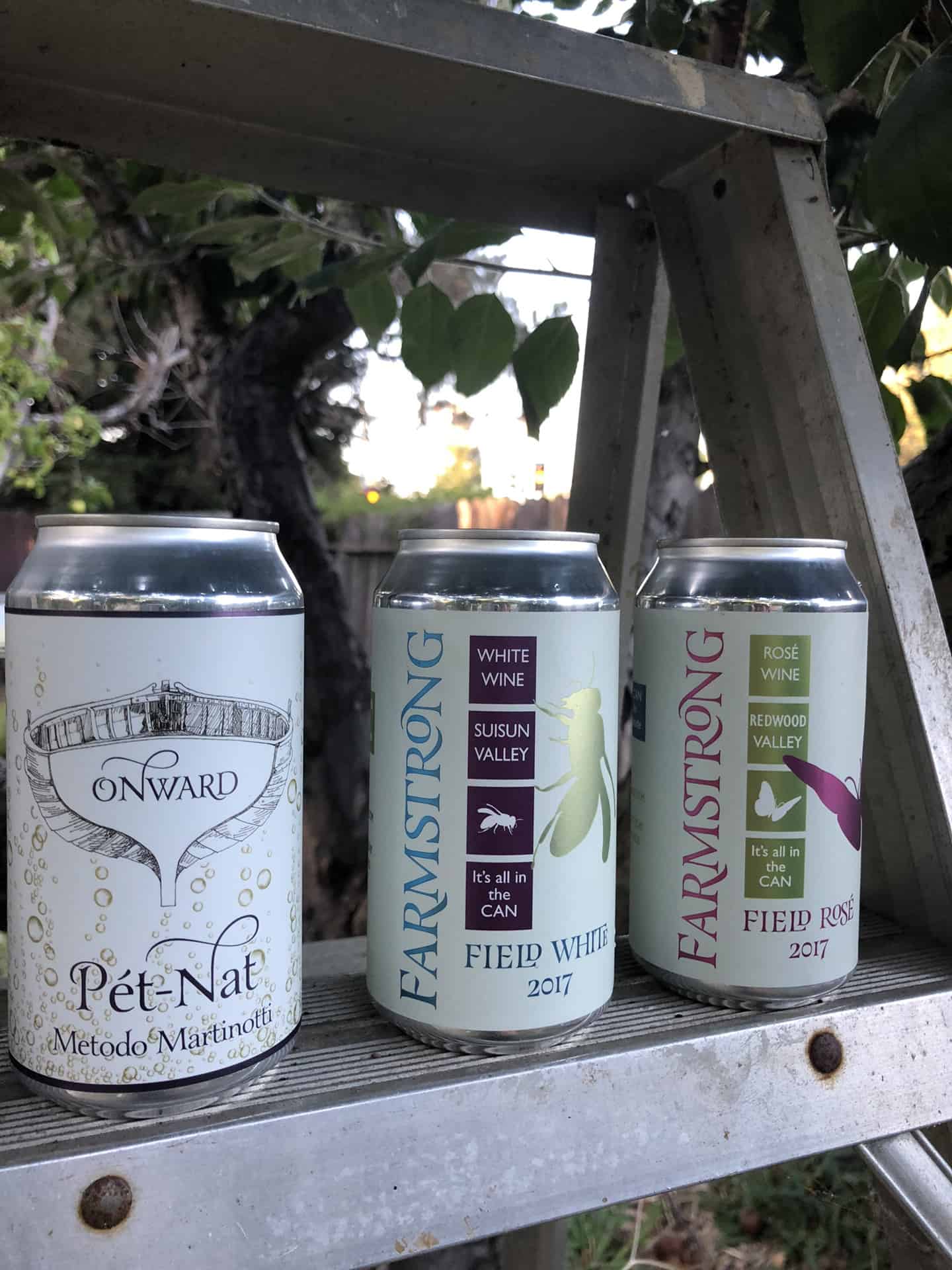
Conservationism, convenience and conviviality: each of these wine producers hopes to integrate these three “C’s” into the can, providing wine drinkers who care about the environment an opportunity to more easily share wines both indoors and outside.
Below you’ll find our tasting panel’s recommendations from each of these four great producers canning the revolution.
Free Public, American Red Blend (90% Pinot Noir, 10% Merlot) — $15 SRP, three pack of 250 mL cans = one traditional bottle.
West & Wilder, American White Blend (Sauvignon Blanc, Viognier, Chenin Blanc, Muscat) — $17 SRP, three pack of 250 mL cans = one traditional bottle.
Sans Wine Company, Rosé of Carignan, “Poor Ranch Vineyard,” Mendocino 2017 — $60 SRP, six pack of 375 mL cans = three traditional bottles.
Onward Pét-Nat, Sparkling Malvasia Bianca, Suisun Valley — $48 SRP, four pack of 375 mL cans = two traditional bottles.
That Holiday Bomb Cyclone Made Some Pretty Monstrous Waves Off the California Coast
We’re talking some serious swell.
Did Walt Disney Predict the Future of Mass Transit in Los Angeles?
The man who invented Tomorrowland.
Yosemite Welcomes Back the Mariposa Grove of Giant Sequoias
The popular park section has been closed for almost three years.
Get the Latest Stories




